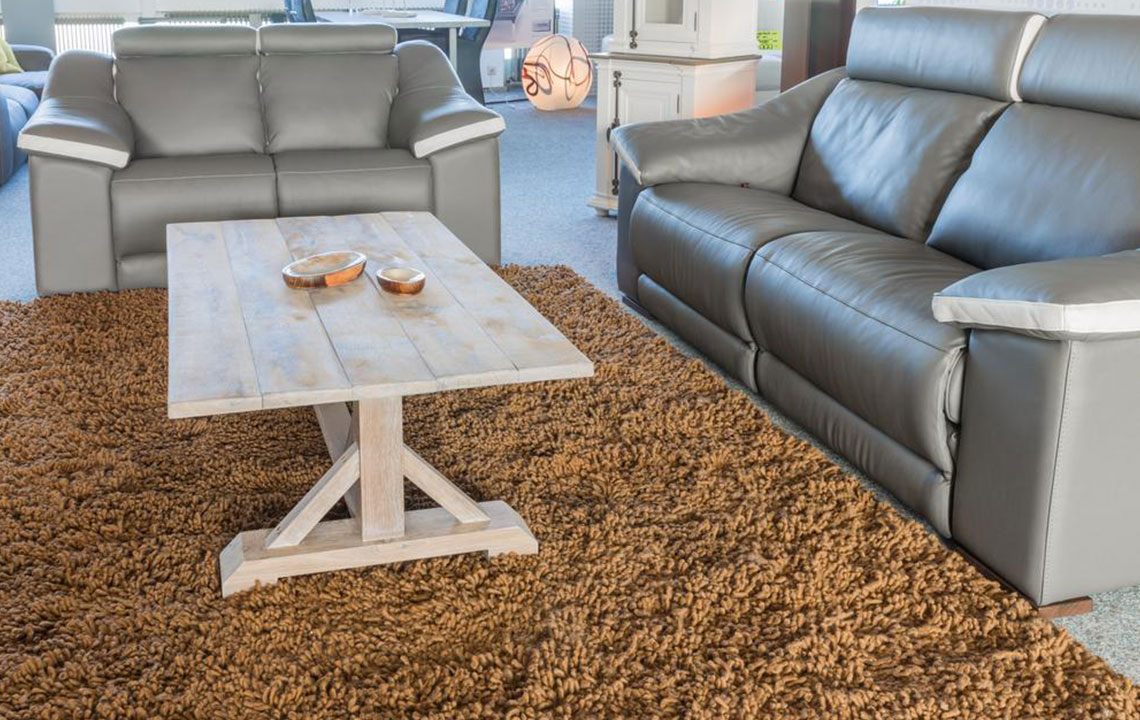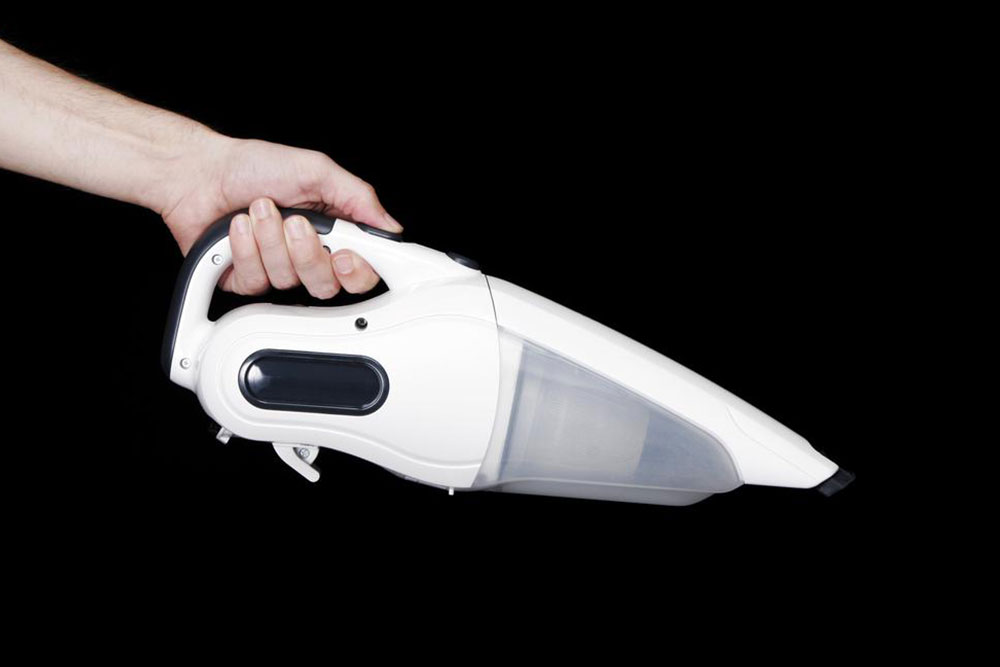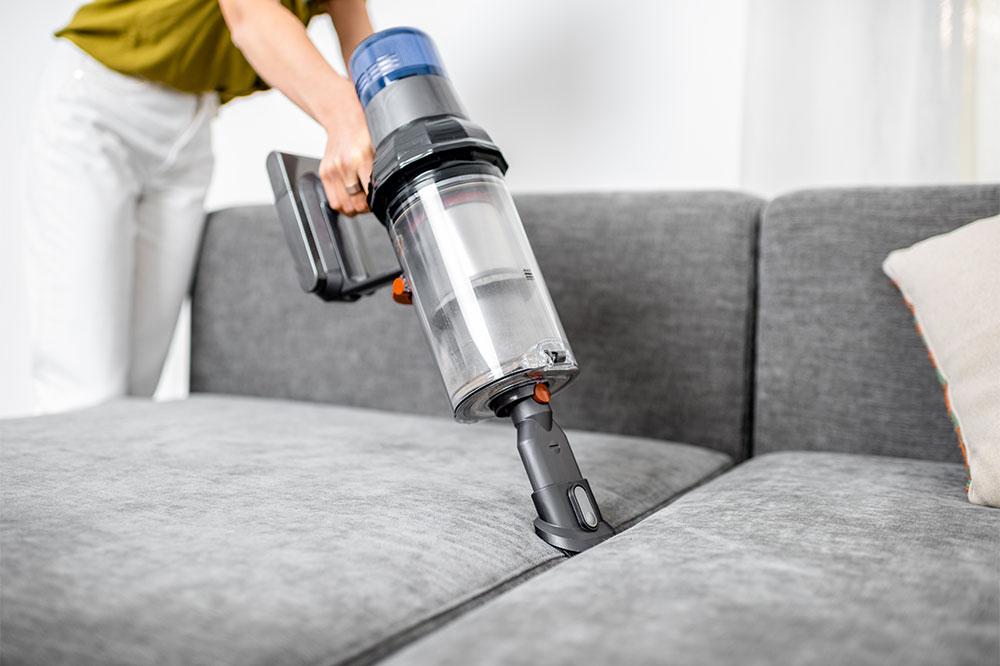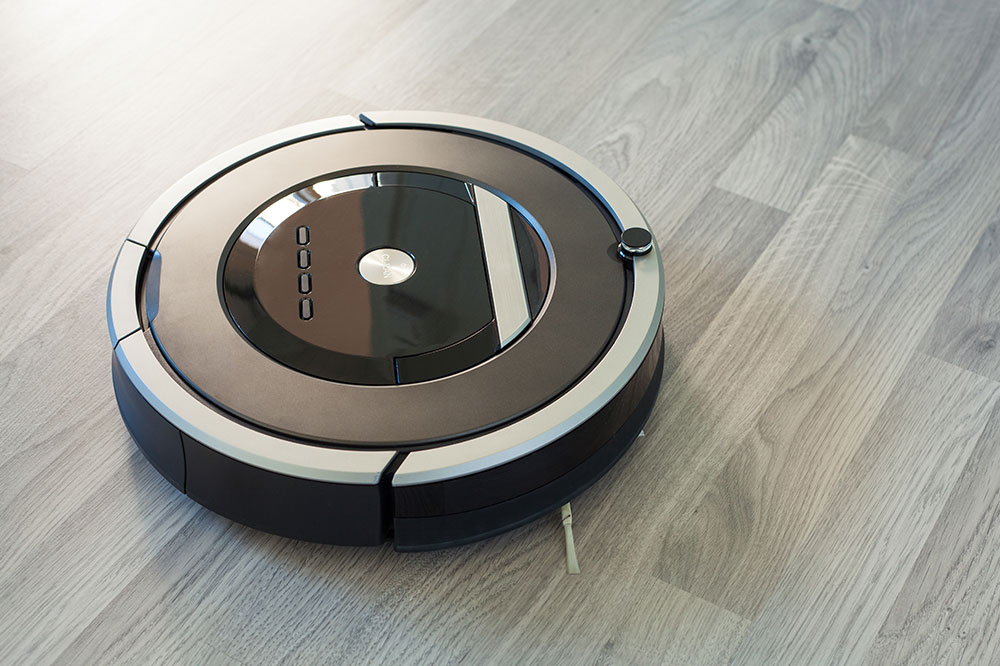Essential Applications of Lint Rollers and DIY Guide to Crafting Your Own
Discover the versatile uses of lint rollers, from cleaning delicate lamp shades to removing pet dander and tiny glass shards. Learn how to craft your own durable lint roller with simple household items like paint rollers and duct tape, perfect for quick, effective cleaning. These tools help maintain cleanliness, reduce allergens, and improve home hygiene efficiently. Explore step-by-step DIY instructions and discover why lint rollers are an essential part of household cleaning routines for improved health and tidiness.
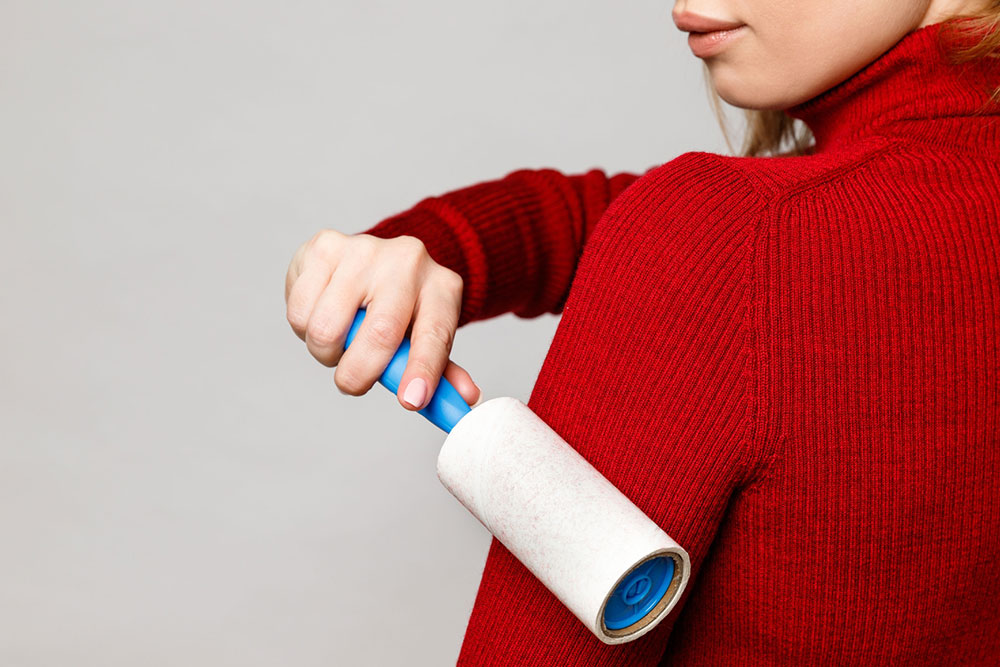
Essential Applications of Lint Rollers and DIY Guide to Crafting Your Own
Every day, people encounter countless tiny particles such as hair strands, loose fibers, dust, and pet dander that cling to furniture, clothes, and surfaces like lampshades and countertops. These microscopic particles might seem harmless but can trigger allergies and sneezing. A lint roller provides an efficient solution for cleaning such debris from various surfaces.
What exactly is a lint roller?
It’s a compact tool made of a roller covered with sticky paper, attached to a handle. To use, you peel off a sticky strip and wrap it around the roller, sticky side out. When rolled over fabrics or surfaces, it collects hair, dust, and dirt effectively.
The invention of the lint roller is credited to Nicholas McKay, who combined wire, masking tape, and a cardboard tube to remove particles from his suit after forgetting to dry-clean it. His makeshift design became the precursor to modern lint rollers.
Common uses of lint rollers include:
Cleaning delicate lamp shades, especially those with velvety textures, by removing dust and lint without damaging the fabric.
Removing pet hair and dander from furniture, clothing, and surfaces to reduce allergens and maintain cleanliness.
Cleaning plush toys to eliminate dust and micro allergens, making them safer for children.
Picking up tiny broken glass shards from surfaces after a glass object shatters, preventing injuries.
Refreshing non-washable curtains by eliminating dust and hair buildup with weekly lint rolling.
DIY Lint Roller Construction
Creating a durable DIY lint roller is simple and requires minimal supplies — a paint roller and duct tape. Use residue-free duct tape to avoid leaving particles behind. Wrap the tape around the roller with the sticky side out, then secure and continue wrapping until fully covered. The homemade lint roller can be used for quick cleaning tasks around the home.
Begin by wrapping duct tape around the paint roller, sticky side out, and securing it firmly with additional tape segments.
Keep wrapping until the entire roller is covered with an even layer of sticky tape.
Once completed, your DIY lint roller is ready for use to lift dust and hair from various surfaces.
Other sticky materials like adhesive rubber or malleable plastic can also substitute duct tape for custom lint rollers.
Note:
This content offers practical information on lint rollers, including their uses and a simple how-to guide for making one at home. It is meant to inspire and inform but should not replace professional advice or exhaustive research. The claims made here are based on available data as of October 2023.

